Have you also noticed that cases of breathing-related issues are increasing day by day? Indeed, a report by WHO (World Health Organization) states that air pollution has led to an increase in respiratory diseases. As well as lung cancer and other health issues among individuals. Additionally, the report by WHO states that more than 7 million deaths occur annually due to air pollution. Thus, enforcing necessary protocols to combat air pollution is crucial. In this regard, air quality monitoring plays a major role.
Many of you may have questions about how air quality measurement functions. Here, you have reached the right place to find all answers related to air quality monitoring! In this blog, we will discuss the role of air quality monitoring. And how it can improve your health with clean air.
What is air quality monitoring and its importance?
Did you know that your environment is surrounded by various gases? Indeed, air quality is a mix of many gases, including particulate matter, nitrogen dioxide (NO2), ozone (O3), sulfur dioxide (SO2), carbon monoxide (CO), and volatile organic compounds (VOCs). These pollutants are released from various sources and can cause extreme health issues. Hence, combating these pollutants is crucial for leading a healthy life. For this purpose, air quality monitoring is at the top to control air pollution.
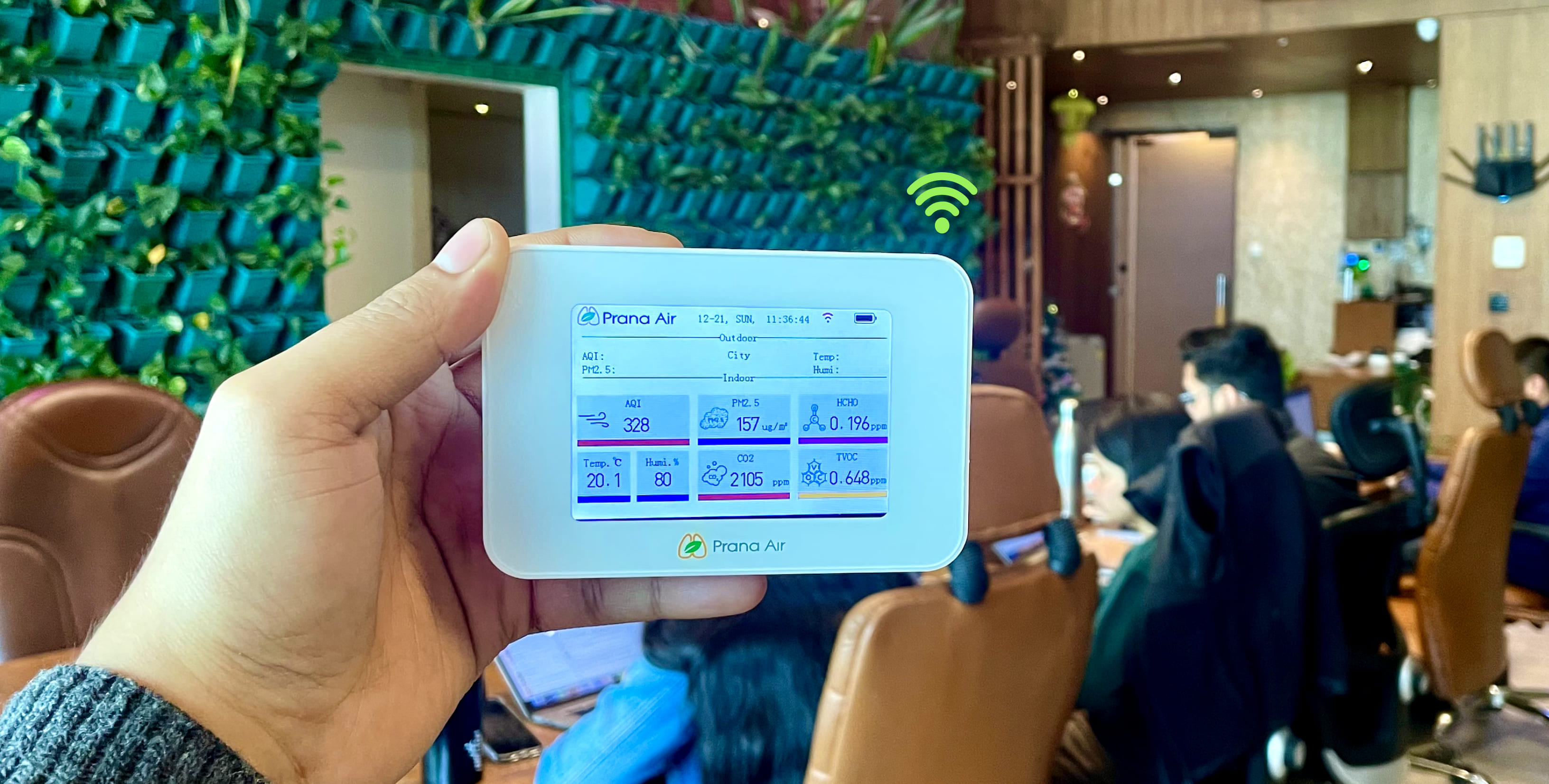
Air quality monitoring can help adverse the pollution effects on human health. Therefore, various air quality monitors and stations are available. Moreover, these monitors are equipped with high-tech sensors, monitoring stations, and satellite technologies.
Via these technologies, we can track the pollutant levels present in the air we breathe. Moreover, it provides real-time air pollution data with hotspots. Through this data, anyone can make a plan to mitigate emissions and protect everyone’s health.
Why air quality observation is necessary?
Air pollution can cause extreme health issues that can lead to cancer or death. Thus, steps to mitigate the pollution sources are crucial. For this purpose, the first and most important point is air quality monitoring.
How will you check which pollutant is present in the air? Or what is the level of pollution in the atmosphere? This is only possible with air quality monitoring systems. Learn more about why air quality monitoring is necessary for everyone:
Health protection:

Firstly, Monitoring can help measure the pollutant level in the atmosphere. As it can help in the decision of mitigating sources. Thus, it can ease breathing diseases, heart and other related problems.
Environment:

Through monitoring, environmental impacts can also help. High pollution causes climate change, ecosystem harm and other issues. Thus, air quality monitoring can help in assessing the steps to cut it.
Regulations:

Governmental bodies and other leads can form regulations and policies. It is only likely with precise air quality data. Through it, air quality standards can set emission limits. These policies and rules focus on controlling pollution.
Awareness:

Air quality monitoring can help in raising public attention. It assists in a better atmosphere. Through it, people can make informed decisions with exact air quality data. Besides, it helps air quality progress on ground level.
Pollution hotspots:
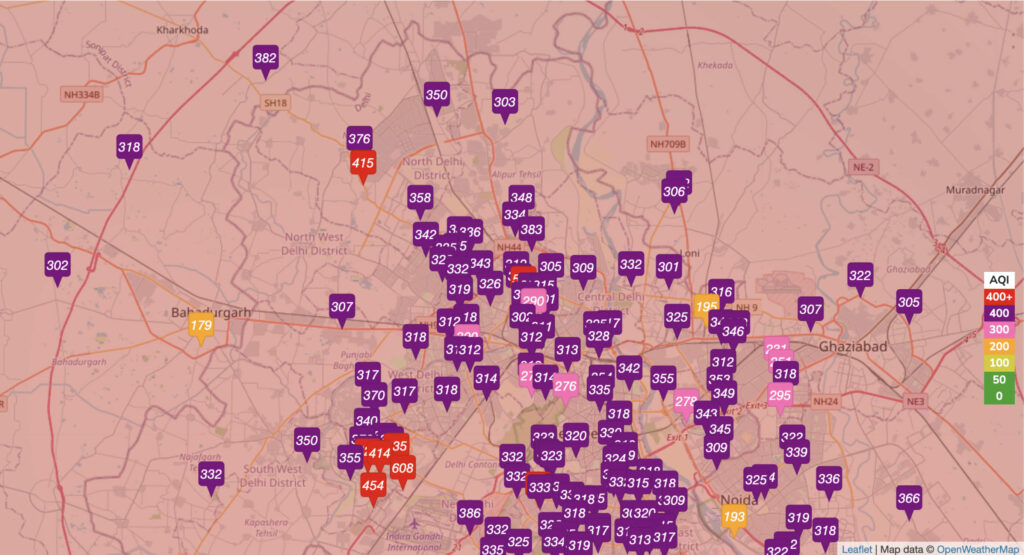
Air quality measurement can help in determining high pollutant level areas. These are pollution hotspots. Through it, alleviation measures can be in this area. Lastly, it helps improve the resident’s health.
How advanced is the air quality monitoring?
The circle of technologies in every sector has improved their abilities. Likewise, the rise in air quality monitor technologies improves its accessibility and efficiency. It helps in the well-informed decision to manage the air quality we breathe. Let us learn more about the key technologies of air quality monitoring:
Sensors:
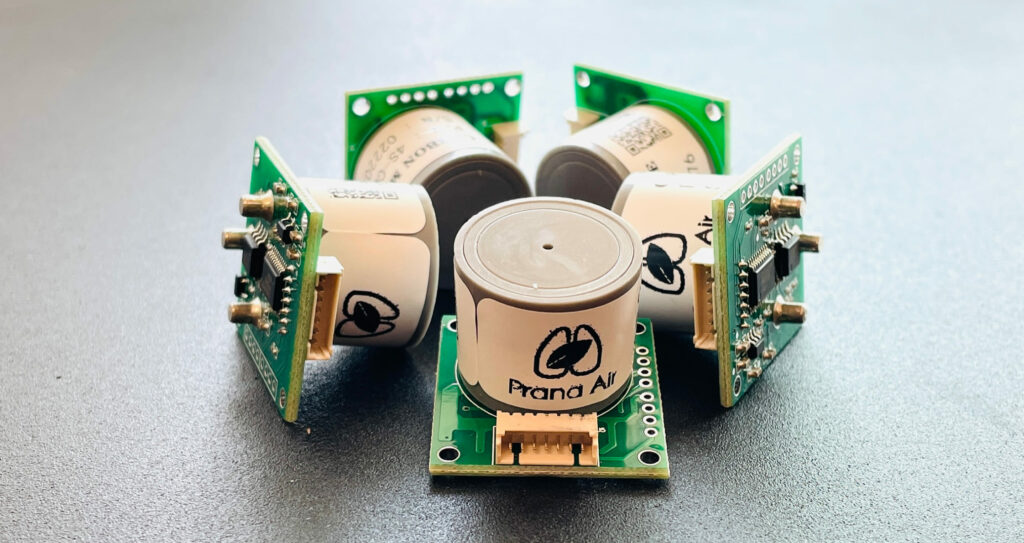
Foremost, air quality monitors equipped with advanced sensors. Since, these can detect various pollutants present in the air. Including PM, NO2, O3, SO2, CO, VOCs and other pollutants. These packed and high-tech sensors provide precise real-time data.
Monitoring:
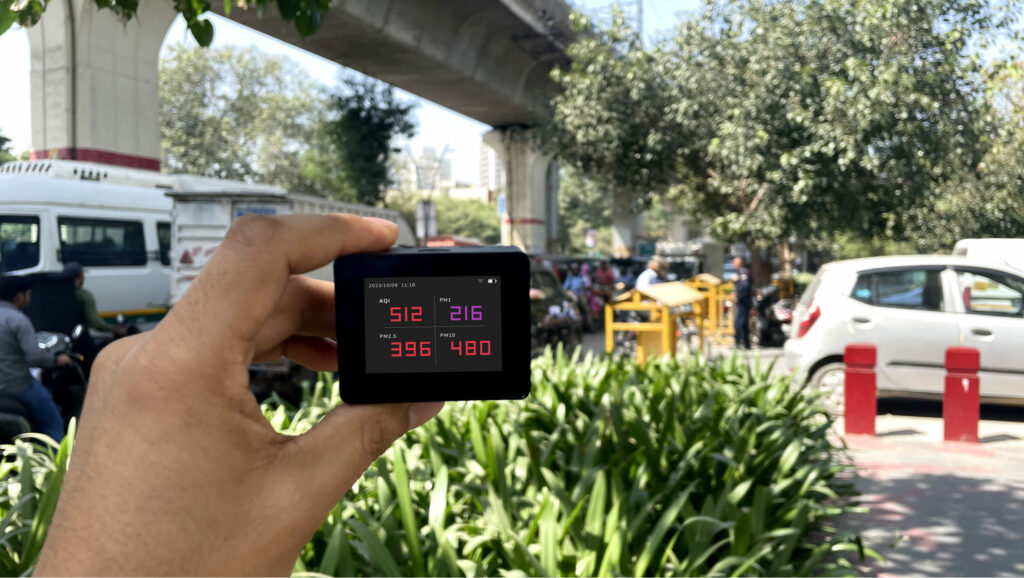
Monitoring stations are vital for network direction. These stations are set up with advanced sensors and other tools. Thus, these can calculate pollutant value, meteorological parameters and other data.
Satellite technology:

Furthermore, the remote sensing in air quality monitors is satellite-based. It makes it a strong device on a big scale. Sensors in the satellites can measure the pollutants in the air. And it can provide air quality data with sources, patterns and hotspots.
Advanced platforms:

The latest air quality monitors are the best. Since these offer high flexibility and versatility in data transfer. Therefore the monitors can deploy in other areas for good scope. Moreover, it can show on web dashboards, phone applications and other platforms. You can easily access the air quality data on your go anytime and anywhere.
Internet of Things (IoT):
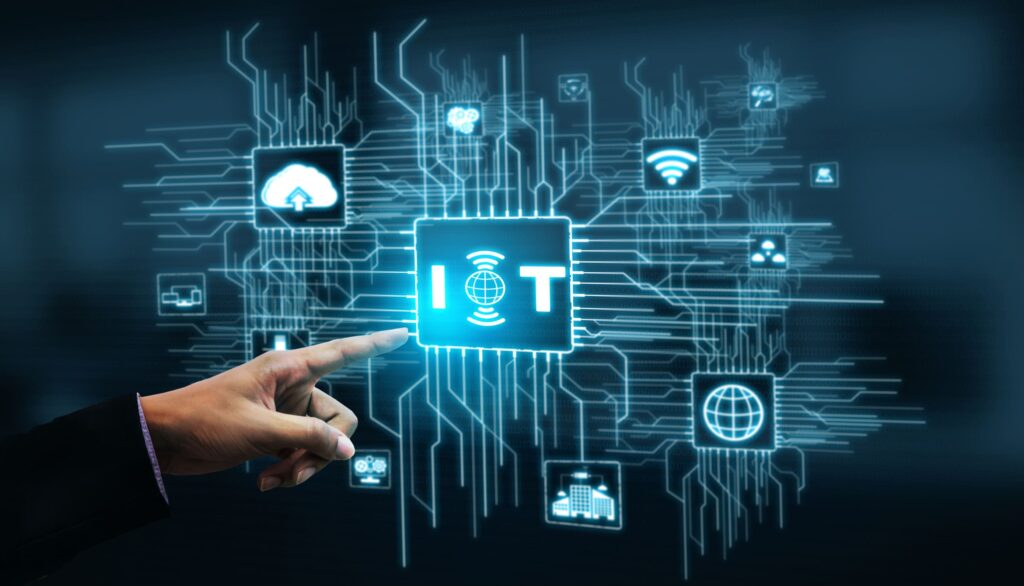
The first pace technology unified into air quality monitors. It helps in enabling real-time data-driven decisions. The Internet of Things (IoT) technology helps in data collection. Also, it helps in transmission and study. It provides the sources of contact between the device and sensors.
Data accessibility:

It provides better insights into air pollution. Consequently, anyone can recognize the comparison, patterns, trends, and correlations in the datasets. Since, the device data can access on a smartphone. Moreover, it can also show on various platforms. It also provides a graphical expression and better visualization.
Conclusion:
In the overview, air quality monitoring is vital to mitigate the pollutants in the air. As it helps in making the required decisions to keep it. Moreover, it shields public health with environmental protection. Through it, the targeted interventions can enforce. With it, individuals can make informed decisions to protect their health and surroundings.